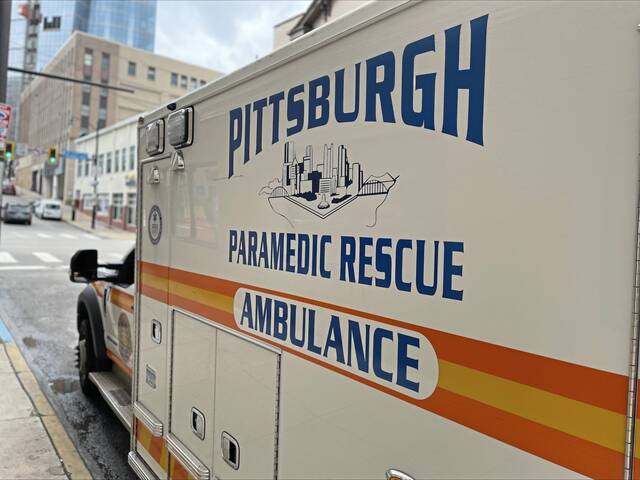https://triblive.com/local/hot-mess-dire-state-of-pittsburghs-city-fleet-prompts-annual-report-on-upkeep/
'Hot mess': Dire state of Pittsburgh's city fleet prompts annual report on upkeep

Pittsburgh will now release an annual report that details the state of the vehicle fleet amid concerns that essential vehicles are becoming old and difficult to maintain.
City Council on Monday unanimously approved a measure — sponsored by Councilman Bobby Wilson, D-North Side — that will mandate an Annual Fleet Investment and Efficiency Report each September.
Officials in recent years have acknowledged the city doesn’t have enough cash to invest the $20 million or more many believe is necessary to keep the fleet as updated as it should be. This year’s capital budget includes about $6 million for vehicles and anticipates just over $3 million for vehicles next year.
Wilson said the report aims to ensure the city is transparent with residents about the issues the fleet faces and the costs associated with maintaining it.
“I realize there’s little to no money, but taxpayers should be aware of the situation,” Wilson said ahead of a preliminary vote on the bill last week.
He also called for another public meeting to discuss the city’s fleet maintenance challenges.
Ambulances have broken down, officials have acknowledged. A range of vehicles, from firetrucks to snowplows, have required frequent repairs.
“It’s a hot mess,” Councilman Anthony Coghill, D-Beechview, said.
The new report will include a full inventory of fleet vehicles; total annual maintenance and repair costs per vehicle and per department; information on vehicles that have received maintenance costing at least 30% of the original purchase price; data-driven recommendations for vehicle replacement; fleet-wide cost projections for a three-year period; analysis of what vehicles are under- or over-utilized; opportunities for fuel savings; and recommendations to increase efficiency.
Jake Pawlak, the city’s director of the Office of Management and Budget, last week said the city also is expecting to provide “a more comprehensive fleet investment plan” as officials hammer out a 2026 budget in the fall.
That plan, he said, is “still in formation” but would provide a long-term picture of the costs associated with the fleet.
The city’s issues with the aging vehicle fleet began during a period of financial distress that triggered state oversight in 2003, Pawlak said. During that time, officials could not properly invest in the fleet and now the city is behind in purchasing new vehicles.
Copyright ©2025— Trib Total Media, LLC (TribLIVE.com)
